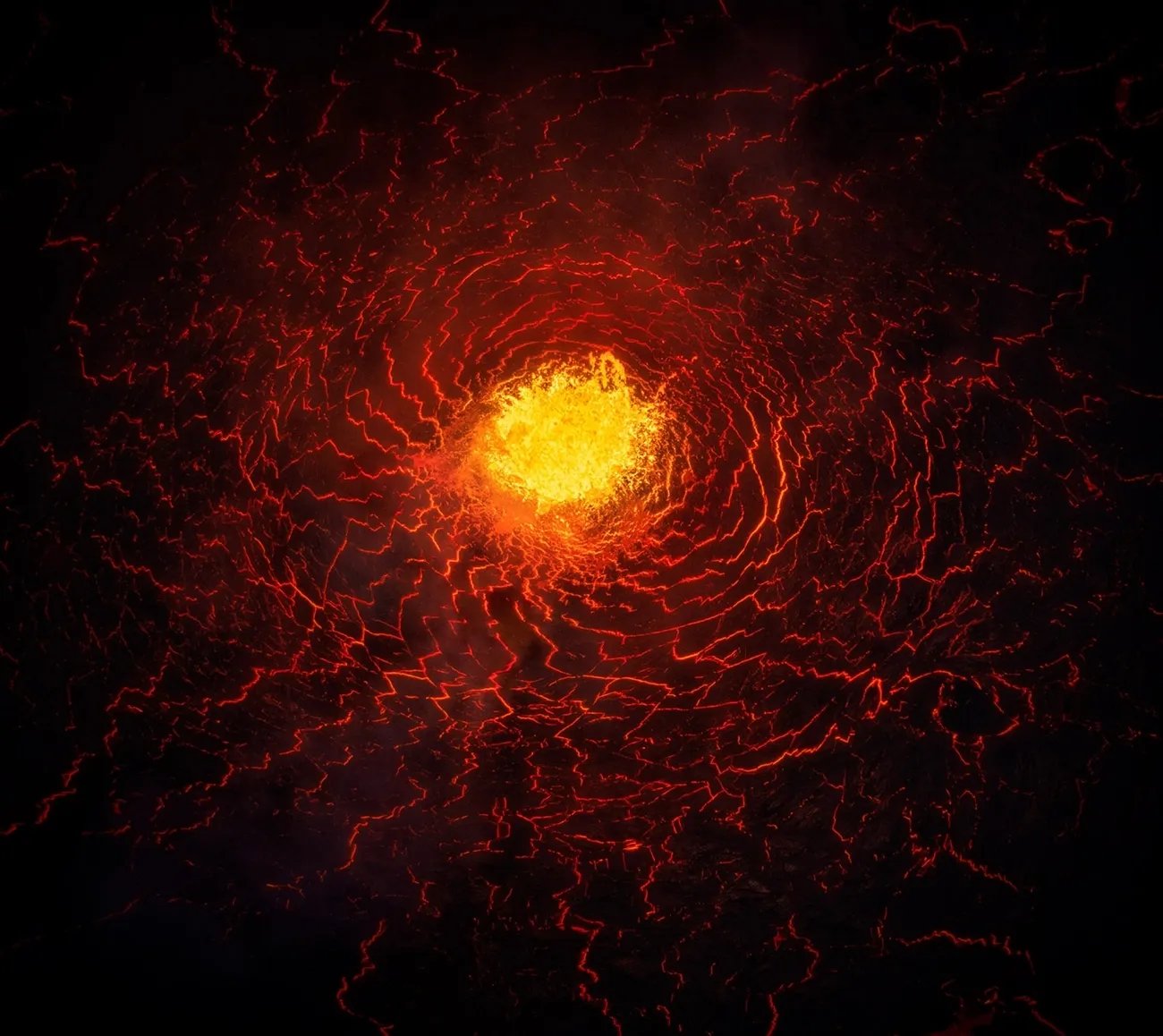How we speak?我们如何说话?
At first sight the Tractatus is as terrifying as its title. But the core idea is quite simple: Our sentences are pictures of the world.
逻辑哲学论的核心思想非常简单:我们的语言是对世界的描绘。
Whenever we talk we make “pictures” of how things are. Those pictures are the words and sentences that we use. There is a fixed connection between each word and the object that it refers to. For instance the word “table” refers to that thing in front of me right now.
谈话时我们都会对事物的现状进行“描绘”。这些图片是我们使用的词句。每个词和它所指的对象之间都有固定的联系。例如“桌子”这个词指的是现在我面前的那个东西。
But these rules are neither precise nor are they fixed. They hint at how we might use words, so it is hard to label them as “rules”. Wittgenstein compares them to signposts that give you directions of how you could use the words.
这些联系规则既不精确也不固定。它暗示了我们即便很会使用词语,也很难将它们标记为“规则”。维特根斯坦将它们比作路标,指导你如何使用这些词。
The same is true for language. Just because you know the definitions of words does not mean that you know a language. We learn how to speak by playing “language games”.
语言也是如此。仅仅知道单词的定义并不意味着我们知道一种语言。我们通过玩“语言游戏”来学习如何说话。
For instance we should understand that “I want to buy an apple” means something very different depending whether you are in a computer store or at a farmers’ market. We can take part in language games only when we know what the words mean in context.
例如,我们应该明白“我想买一个苹果”有很多种意思,具体取决于你是在电脑商店还是在农贸市场。只有知道单词在上下文中的意思时,我们才能参与语言游戏。
As we go along and follow the rules of language we constantly modify those rules. Language keeps changing through its use by people.
当我们继续前进并遵循语言规则时,我们会不断修改这些规则。语言在使用中不断变化。
First of all, our programming languages are based on pure logic. They consist mainly of statements that can be true or false. They are the descendants of the logical tradition of Aristotle, Frege, Russell, Wittgenstein and others. The inherent restriction to logic explains in part why — when I am programming — everything that does not fit the rules of logic seems to be pointless. Including most of human interaction.
编程语言是纯逻辑的。它们主要由可以为真或为假的陈述组成。他们是亚里士多德、弗雷格、罗素、维特根斯坦等人逻辑传统的传人。对逻辑的固有限制部分解释了为什么——当我在编程时——所有不符合逻辑规则的东西似乎都是毫无意义的。包括大部分人际互动。
原文:https://ralphammer.com/how-we-speak
文本阐释的十条指导原则
摘自《牛津通识读本 基督教神学》
有关措词与资料
一、弄清每个意义单位的相互关系,包括词、句,直至某一时期的整个文献资料库及之后各时期对它的反应。
二、弄清文本的体裁——它原本是寓言故事、是历史证言、是法律条文、是赞美诗、是书信、是至理名言,还是其他什么?
三、弄清文本的作者。理解作者与理解文本究竟有多大的关系,弄清作者想说些什么,即使文本意义并不仅限于作者的意图。对作者有所了解,尤其是通过其他作品来了解,这对明辨作者的意图大有帮助。
四、弄清文本的历史背景,不仅包括文本背后的事件,也包括文本产生的条件——社会的运作方式、经济体系、文化世界、社会心理,等等。学术研究的伟大艺术之一,就在于打入另一时期或文化“常识”的内部。
五、弄清文本自产生到当下这一段时期的情况:考虑到它们的语境,从这段时期的种种阐释中能学到些什么?
有关阐释者自己
六、弄清你自己。尽可能诚实对待自己的假设与预想。谁都不是中立的,人各有其立场——对于可能影响文本阐释的种种问题,你的立场是什么?你自己所处的语境如何,它又有着怎样独特的兴趣和偏见?你对于文本的“兴趣”是什么?你为什么会跟它打起交道?
有关信息的核实、考证
七、弄清文本的真实程度。有些阐释者排除了这一问题,很武断:该问题合情合理。
八、提一提“可疑”的问题——不管是关于文本的还是关于你自己的。人们都会犯错、自欺,情形极为多样,唯有质疑才能让人对这些情形保持警醒,而提出“可疑”的问题正是一切质疑不可或缺的一部分。人们对所谓的“怀疑阐释学”曾一度非常关注,这种阐释学意在揭示文本和阐释是如何欺骗人、歪曲事实、压迫人的。诸如马克思、尼采、弗洛伊德、福柯这样的“怀疑大师”,延续了极端怀疑的启蒙运动传统。这或许可以被视做一种“反传统”,它致力于将人们从在他们看来虚假的、不健康的、压迫性的传统中解放出来。即便你最终回过头来再去怀疑那些怀疑大师并对他们的怀疑表示怀疑,该面对的问题还是得面对。
有关信息与人的互相影响
九、弄清文本的想象影响与实际影响。文本可能具有改造性,可能以多种方式表现出相关性。除非你任由自己画一条线,将自己对一个蕴含丰富的文本的阅读限定在内,否则它就会与你整个的意义、美、真理和行动的世界相互作用。你会发现,不只是你在阐释文本,文本也在质问和阐释你和你的世界。
有关表达对象
十、认清自己对阐释者群体的需求。目前为止,所有的指导原则都可以从个人主义角度来理解,仿佛一人单枪匹马就可将其一一贯彻。事实上,上述原则中用到的“你”并不单指一人。语言具有不可避免的社会性,阐释亦复如此。其他阐释者其实一直在我们左右,不管是通过文本还是本人直接在场。你当然可以成为不止一个阐释群体的一部分,尽管学术界有不少人也带有“反传统”或世俗传统的成分。不过,不论你心向何处,很难想象,不身处某个或某几个由你所信任的人组成的群体之中——不管你们在具体问题上有多大的分歧——还会取得富有成果的阐释。进入这类群体的途径通常是在某种教育环境中给有资历、有经验的阐释者做学徒,并在很大程度上取决于这些学徒传统是否健康且富有活力。
What is a picture?图片是什么?

If we want to understand what a picture is, then we must look at the difference between perception and imagination.
如果想了解什么是图片,那么必须看看感知和想象之间的区别。
I can only see what is actually here. When I look at a tomato plant, I would not suddenly see a rose—unless it is actually there.
我只能看到实际情况。当看着一株番茄时,我不会突然看到一朵玫瑰——除非它确实存在。
Our perception is always bound to the present situation.
我们的看法总是与当前情况有关。
What if I drew a plant from memory?
如果我凭记忆画一株植物会怎样?
But, when we imagine an object we can change it in our mind.
当想象一个物体时,我们可以在脑海中改变它。
Our imagination is detached from reality, which is why we can willfully alter imaginary things! In fact, the imaginary is so unstable that is hard not to change it.
我们的想象脱离了现实,这就是为什么我们可以随意改变想象的东西!事实上,想象是如此不稳定,很难不去改变它。
But you are not freely imagining things. Your imagination is bound to how you perceive that piece of paper—or screen for that matter. So when I show you this picture it will probably let you imagine a tomato, rather than something else. The imagination is fairly stable because your perception of the picture is.
但你并不是在完全自由地想象。想象力与你如何看待那张纸或屏幕有关。所以当我给你看这张照片时,它可能会让你想象一个西红柿,而不是其他东西。想象力是相当稳定的,因为你对图片的感知是相对稳定的。
So… what is a picture?
那么……什么是图片?
A picture is an object that is here and because of its look makes us imagine something else that is not here.
图片是这里的一个对象,因为它的外观让我们想象不在这里的其他东西。
And because the medium and the real thing are unlike what we imagine, a picture offers us room for interpretation—and thus: expression.
因为媒介和真实事物与我们想象的不同,图片为我们提供了解释的空间——表达。
原文:https://ralphammer.com/what-is-a-picture/
How to draw ideas?如何绘制想法?
To prepare for our ideation we first draw what we want to think about. These study drawings are realistic images. They force us to observe our subject closely and absorb as much knowledge as possible.
为了绘制构思,我们首先要画出我们的思考对象。这些草稿是逼真的图像。它们迫使我们密切观察主题并吸收尽可能多的知识。
Just put that pen on the paper and keep it moving. Scribble, make random marks and shapes. This will kickstart our visual thinking process.
只需将那支笔放在纸上并保持移动即可。涂鸦,制作随机标记和形状。这将启动我们的视觉思维过程。
Once we get into “sober mode” it is time to figure out which idea might actually work. So we arrange our ideas spatially, group them into similar ideas, and maybe add some annotations.
一旦进入“清醒模式”,我们就该弄清楚哪个想法可能真正起作用了。所以在空间上排列我们的想法,将它们归为相似的想法,并可能添加一些注释。
Then we make a selection and clarify what we are after. These drawings are cleaner than our initial sketches.
然后进行选择并明确我们所追求的是什么。这些图纸比我们最初的草图更清晰。
To share our ideas with others we must focus on the essential.
要与他人分享我们的想法,我们必须专注于本质。
The look and level of detail depend on the context. Our sketch here is made for an informal critique among designers. In a final product presentation we would use a series of images to lead the audience from the initial problem to the solution.
外观和详细程度取决于上下文。这里的草图是为设计师之间的非正式评论而制作的。在最终产品演示中,我们将使用一系列图像引导观众从最初的问题到解决方案。
Study drawings are rich with details to make us familiar with our subject. In the exploration phase we fixate fleeting imaginations on paper. These sketches are rough, spontaneous, and above all: fast!
研究图纸包含丰富的细节,熟悉我们的主题。在探索阶段,我们将稍纵即逝的想象凝固在纸上。这些草图是粗略的、自发的,最重要的是:快!
To make sense of these sketches we clarify our ideas using elaborate clean drawings. When we show an idea to other people we keep it short and simple, to make room for debate.
为了理解这些草图,我们使用精心制作的干净绘图来阐明我们的想法。当我们向其他人展示一个想法时,我们会保持简短,以便为辩论腾出空间。
